If you have Magento 2 multiple stores, you’re aware of a range of development and maintenance challenges — time, effort, money.
The Magento creators were in the know about those difficulties and did their best to make life easier for such ecommerce merchants. So, now you could also benefit from Magento multi-store functionality.
There’s no necessity of building multiple site instances anymore: one Magento installation = one admin panel = multiple stores. The platform allows developing as many of them, as necessary for your case. You could establish each one on a separate domain with a specific web design theme, additional items, and customer segments to target the audience of each webstore. Or you could prefer to share prices, items, customers, and other kinds of data among various shops.
Behind the Scenes of Multi-Store Feature in Magento
✓ Work with one or several various domains;
✓ Build a separate catalog for each shop or share the same one;
✓ Restrict product categories and items per shop;
✓ Use different default features for each webstore;
✓ Restrict extensions per shop;
✓ Use various base currencies;
✓ Use various payment & shipping methods;
✓ Have separate checkouts for various shops;
✓ Use the one single hosting plan and EV SSL certificate.
Basics of Multi-Store Management Levels in Magento
The main idea of multi-stores is pretty clear. The platform provides four levels that create a hierarchy — Global, Website, Store, and View — which perform their own functions.
Global is the highest point of the hierarchy and indicates the entire Magento installation. It consists of default settings and other essential information developed for Stores and their Views.
Website (2nd level) contains one or several shops. If you want to create various domain names, that’s actually the place where they are managed. One domain name — one website. Pricing, payments, taxes, default currency, shipping, orders, customers, products are operated here as well.
Store (3rd level) serves as a component developed to operate categories and display them on the frontend part.
Store View (4th level) is a visual presentation of the particular store. As a general thing, they’re developed to serve as the shop in multiple languages, currencies, and with various design templates.
Every Magento site will always have at least one Website, Store, and Store View. As for a multi-store, there are many scenarios of hierarchy creation. To be explicit about this concept, we’ll showcase some of our multi-store projects.
Multiple Stores in Magento Examples & Best Practices
Case #1: Caffè Mokarico (1 Website — 1 Store — 5 Store Views)
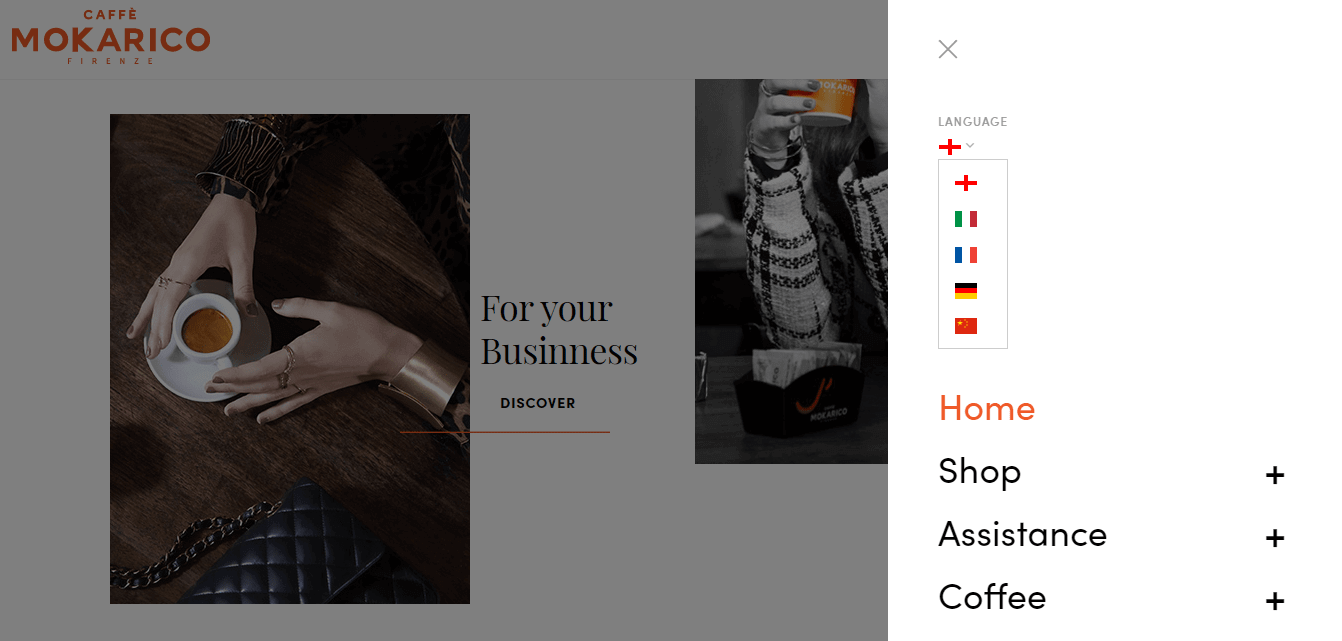
Caffè Mokarico is given in 5 languages — English, Italian, French, German, and Chinese — which is the only one difference between these shops. Web design and features are identical. If you’re interested in such implementation, just develop 5 Store Views and implement translations:
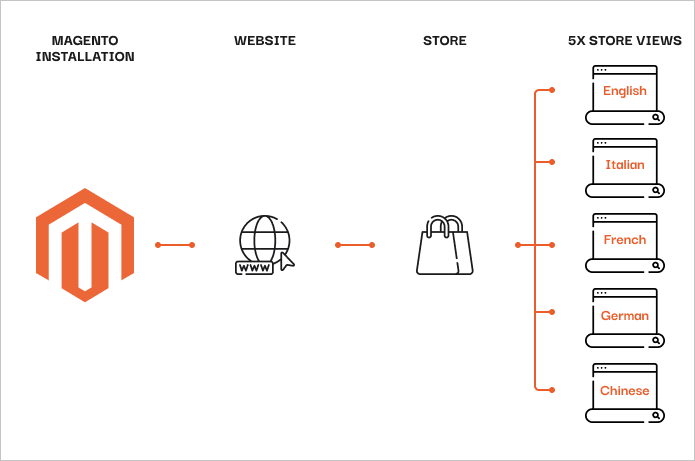
Case #2: GaitLine (1 Website — 6 Stores — 6 Store Views)
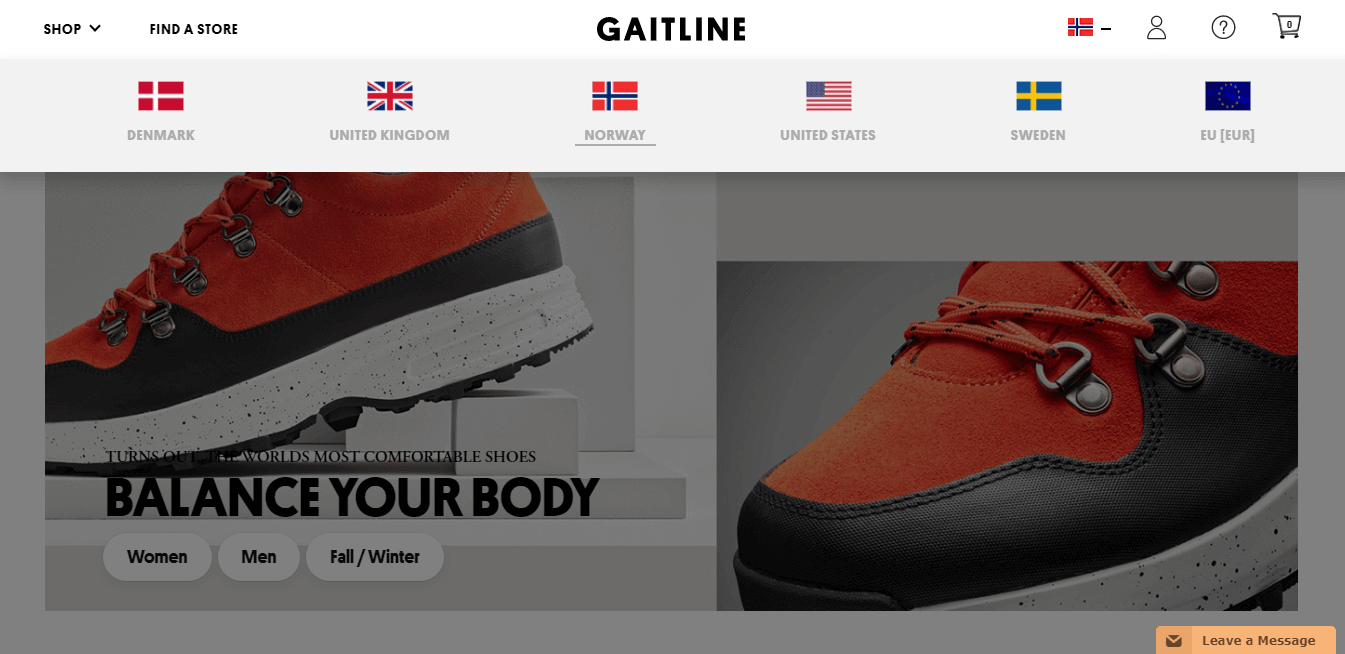
GaitLine is a Norwegian footwear brand that sells in various countries. Among the project’s main tasks, there was providing purchasers with an option to make a payment in the picked currency. The Magento platform offers only using multiple website creation. We’ve set up six webstores in English with identical features and web design theme. Every website has its own default currency for Denmark (DKK), United Kingdom (GBP), Norway (NOK), United States (USD), Sweden (SEK), European Union (EURO). When users select an alternative in the dropdown menu, they actually switch between sites. Although, that’s most likely an uncommon example of the multi-store feature usage.

Case #3: Belka i Strelka & Zookorobok & 3Rifa (3 Websites — 3 Stores — 3 Store Views)
The first thing brought into focus is that all 3 websites are characterized by distinctive web design themes. For example, Belka i Strelka is notable for lovely and playful web design.
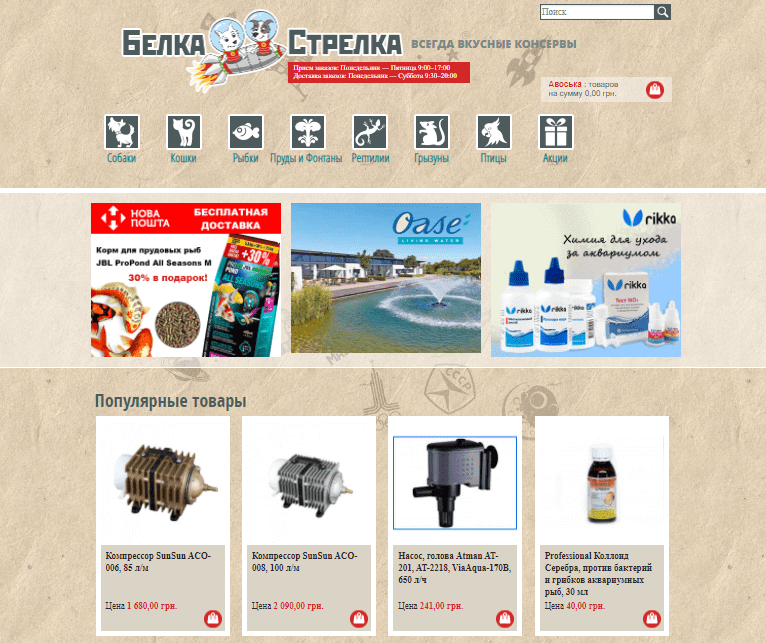
Zookorobok — simple and elegant web design.
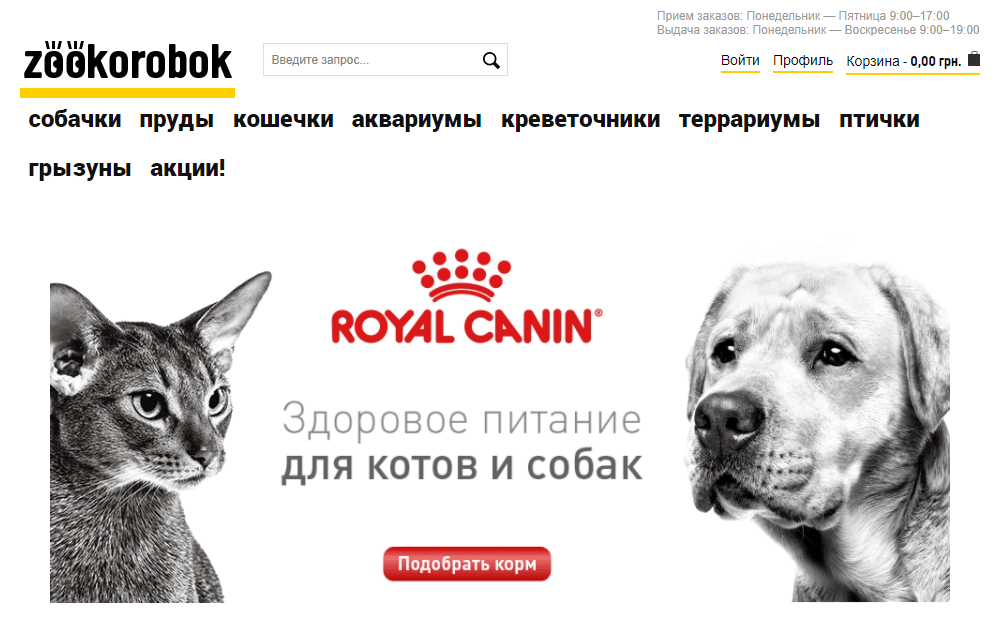
3Rifa — clean but bright web design.
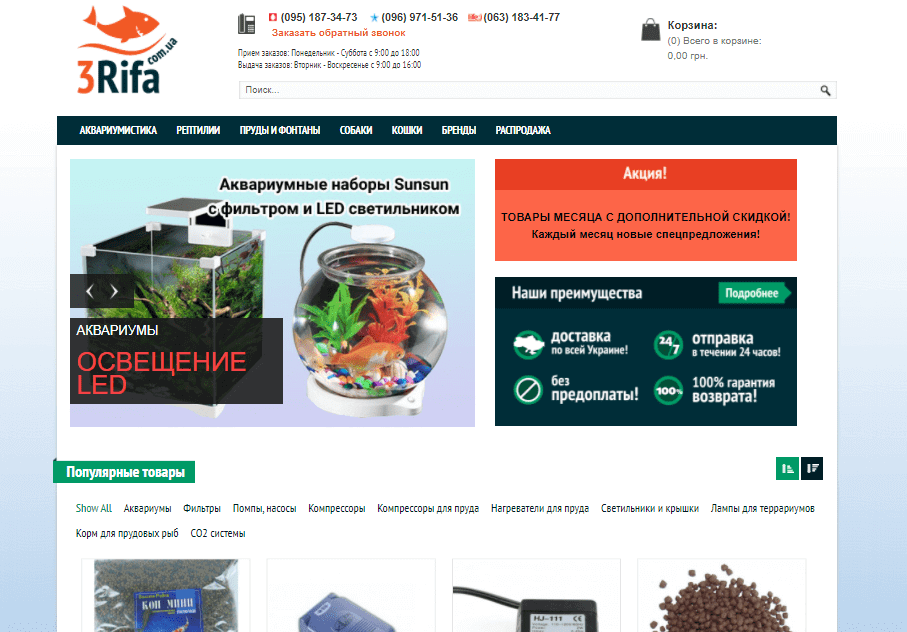
Judging by website look, would you ever state that these 3 shops are built under the same Magento roof? We bet — no. Also, pay attention to the domain names of stores. Each has its own: belkaistrelka.com.ua, zookorobok.com.ua, and 3rifa.com.ua — an outstanding example of the multi-domain functionality in Magento. It’s actually among the causes of why the website contains such a structure.

The distinctive features in web design and domain names aren’t the only ones displayed on the website. Furthermore, there’re variances in the product line, pricing for customer groups, and store functionality. For instance, the 3Rifa shop doesn’t have a conventional checkout process — it’s characterized by a customized form that requires persona information, such as name, email, and phone number, meanwhile Zookorobok and Belka i Strelka shops have one-step checkout. Or custom purchase reminder — only customers of Belka i Strelka receive emails with kind reminders that it’s about time to buy again. There are far more features that the stores share (or not), and we could continue describing what is inside. However, the main point is to give you an understanding of the Magento multi-store capabilities. And, hope that we did it with the highest score.
Multiple eCommerce Stores Building Tips for Magento
We cannot let you go without some more tips in the end. Tips and tricks time:
✓ Some of the catalog data can get duplicated for several websites and stores. Monitor and remove it as soon as it’s detected since it can negatively influence your website search engine visibility.
✓ The platform requires high performing servers. Ensure that you have a suitable hosting option.
✓ Take care of site security — if Magento goes down, so does all your shop infrastructure.
Conclusion:
Choose Magento as Multi-Store eCommerce Platform You could battle with a range of administration panels or go the other way — choose Magento and avoid administrative nightmares. Our team of certified Magento developers will help you build a unique ecommerce store that suits your business model and delivers the best user experience for your customers.




